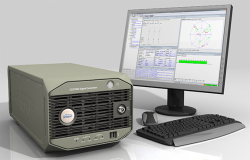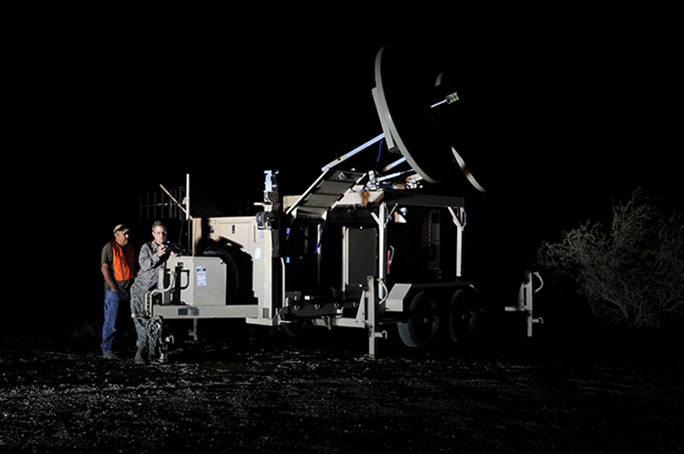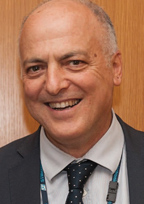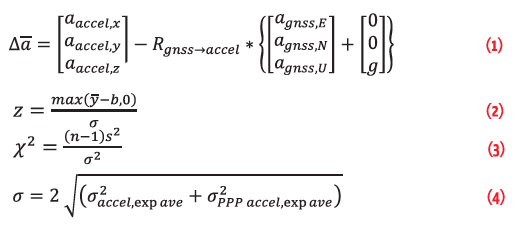Spirent Partners with Cranfield University on Autonomous Vehicle Technology
 Spirent’s GSS7000 Series of Multi-GNSS, Multi-frequency Simulators. Photo: Spirent.
Spirent’s GSS7000 Series of Multi-GNSS, Multi-frequency Simulators. Photo: Spirent.Spirent Communications plc, a leader in Galileo, GPS and other global navigation satellite systems (GNSS) testing solutions, this week announced a partnership with Cranfield University, a global leader for education and transformational research in technology and management. The two organizations will be collaborating to develop connected autonomous vehicle (CAV) technologies.
By Inside GNSS
















